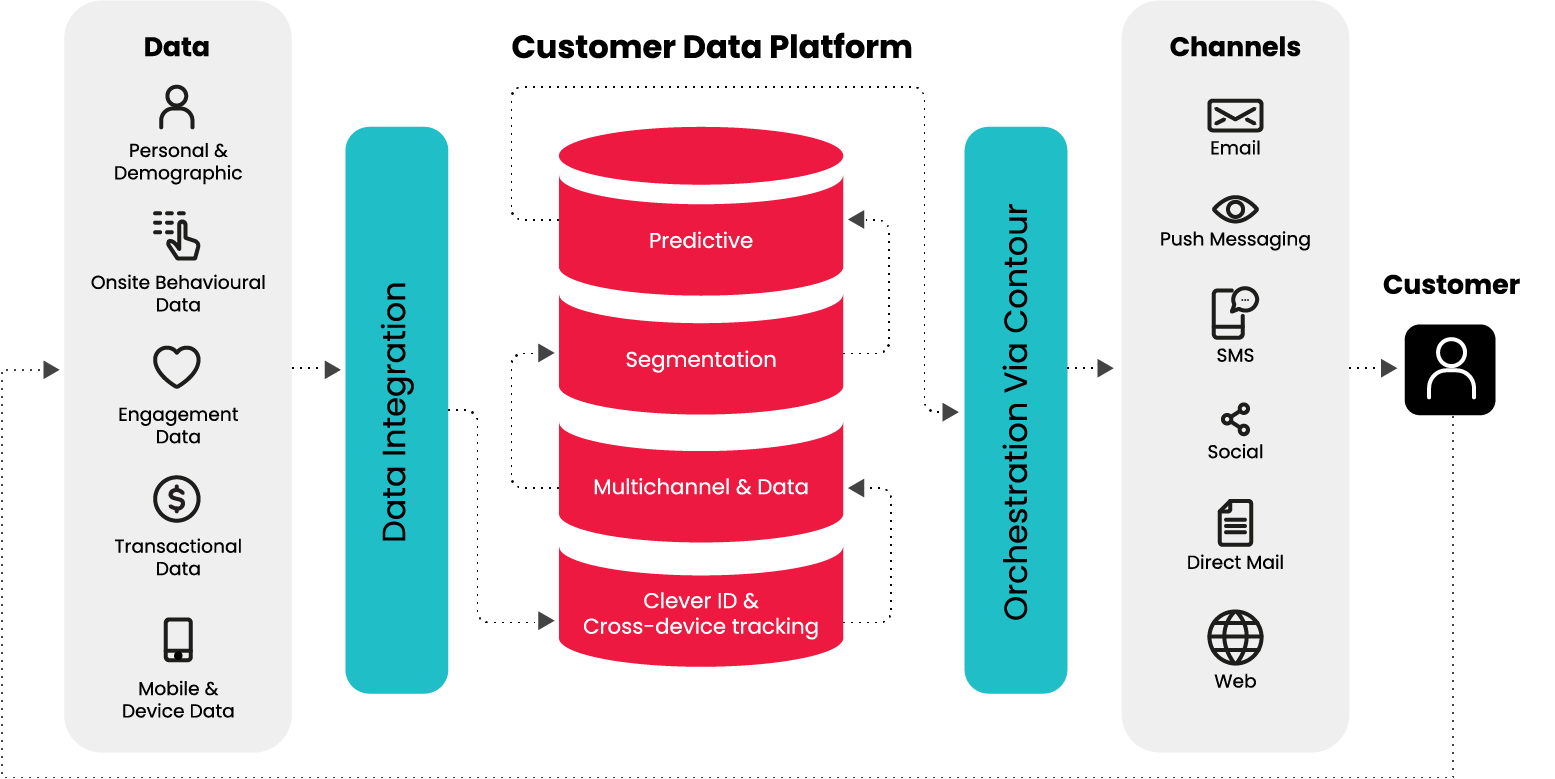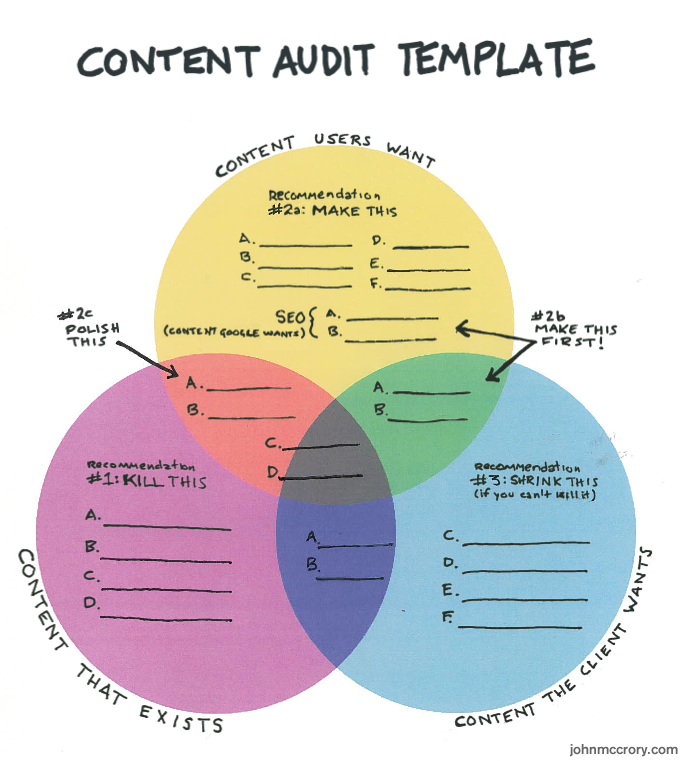Do you have a steady customer base but need to increase your Average Order Value? Are you noticing increased personalization on your competitor’s websites? Don’t worry, we know exactly what can help you increase your AOV: Website Personalization.
App or website personalization is a technique for delivering unique user experiences that increase engagement, conversion and average order values.
According to several studies, most customers expect and desire websites to deliver personalized experiences. This is true across industries such as e-commerce, healthcare, retail, tourism and others.
- But what data should you use for data personalization?
- What are the benefits and challenges of personalization?
How exactly can you personalize a web experience for your users?
In this blog, we’ll answer all these questions related to website personalization. We’ll also tell you which factors affect personalization and how it differs from customization.
Ready to discover how to provide your users with a personalized experience?
Let’s get started!
What is Personalization?
Personalization is a strategy for providing users with tailored experiences to increase engagement and, eventually, revenue.
If you’ve ever shopped on Amazon, left the website and returned to find the “pick up where you left off” tab to guide your purchase, you know how convenient personalized experiences can be.
Personalization thus involves providing users with bespoke recommendations, special offers and dynamic content in sync with their personality and demographics.
Through website personalization, you can:
- Attract prospects and generate leads,
- Increase average order values from resellers,
- Convert existing customers into brand advocates.
To personalize user experiences, first create customer profiles based on the segments of users who interact with your website. Then, use the data you collect on your customers to match them with pre-defined customer profiles.
This will help you deliver tailored recommendations for different users.
Here are some key factors to keep in mind to create personalized experiences:
- Location: rural/urban distinction and type of neighborhood,
- User type: new user, first-time user or prospective customer,
- Purchase history: previous orders, average order value and frequency of orders,
- Previous searches: search-to-purchase rate and time spent on searches,
- User profile: demographics such as age and gender.

Before we discuss how website personalization can benefit your business, let us understand the difference between personalization and customization.
- Customization lets users determine how they experience your website,
- Personalization is a tool through which you can deliver tailored experiences to them.
While personalization and customization complement each other, personalization is the tool you hold in your hand. Thus, personalization is completely under your control. You set the bar according to which you can provide personalized experiences.
Key Benefits of Personalization
Personalization provides a host of benefits to every industry, segment and user. While the nature of personalization differs depending on your product or service, the process and benefits remain the same.
1. Increased Engagement
Personalization reduces customers’ time and energy to locate relevant products or services.
Personalization delivers increased engagement by giving the users what they want where they can locate it easily.
For instance, let’s assume a user is looking for a soccer ball. Through personalization, you can recommend one based on the user’s age and color preferences.
So:
- Younger users will see the latest soccer balls,
- Older ones will see classic balls that trigger their memories of playing soccer.
- Further, users should be shown different sizes of balls that suit their age group.
It thus pushes a user down a sales funnel.
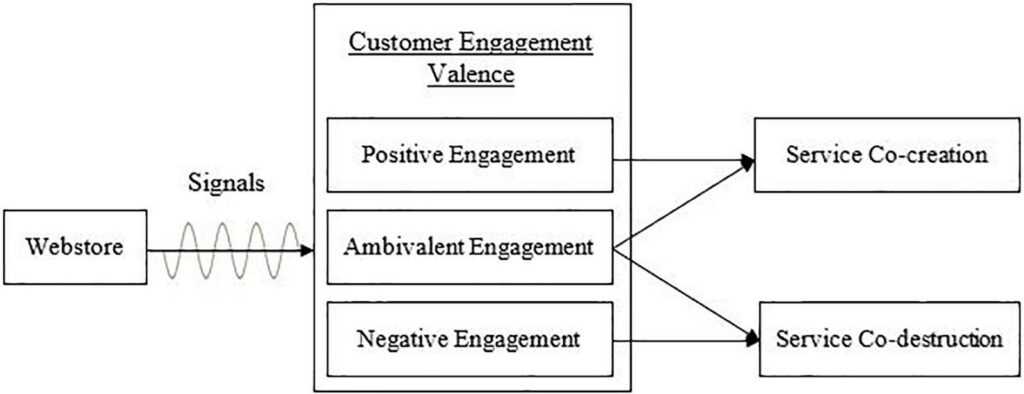
2. Better Customer Retention
Customer retention is key to increasing Average Order Values. The more a customer is familiar with your platform, the more likely they are to increase their order values.
Here, website personalization offers customers horizontal or vertical experiences. Sticking to our soccer ball analogy, once they’ve ordered it, or just before ordering it, the website should show them:
- Handpumps,
- Soccer cleats and
- Training gear.
Thus, website personalization taps into the logic that dictates user behavior.
3. Accurate Profiling
Accurate personalization requires precise customer profiling. Thus, personalization doesn’t just help you sell a product or service. It also guides product development or service engineering.
For instance, say you’re building a SaaS offering. The bundle will have several personalizable components, including:
- Different features depending on the company size or priorities,
- Variable pricing depending on the number of features or end users,
- Differential support services depending on the features and the cost,
- Integration and compatibility support depending on the tools that a company uses,
- And much more!
Personalization helps you build accurate profiles of your product or service.
It is a core component in building a product or service offer. It is the key process that makes a salable product or service irresistible.
4. Cultivating User Expectations
Sometimes, users don’t know what they want until they see it. Personalization requires you to consider what your customers might like once they see it.
Again, it helps you create products and services that your users might prefer. Thus, half the battle behind website personalization is creating products or services that you can personalize.
And it’s not just about the color of a soccer ball, the size of a dress or the features of a SaaS. It’s also about the products and services associated with the initial offer.
Personalization thus brings you and your users closer. It forces you to understand sales data and individual purchase stories.
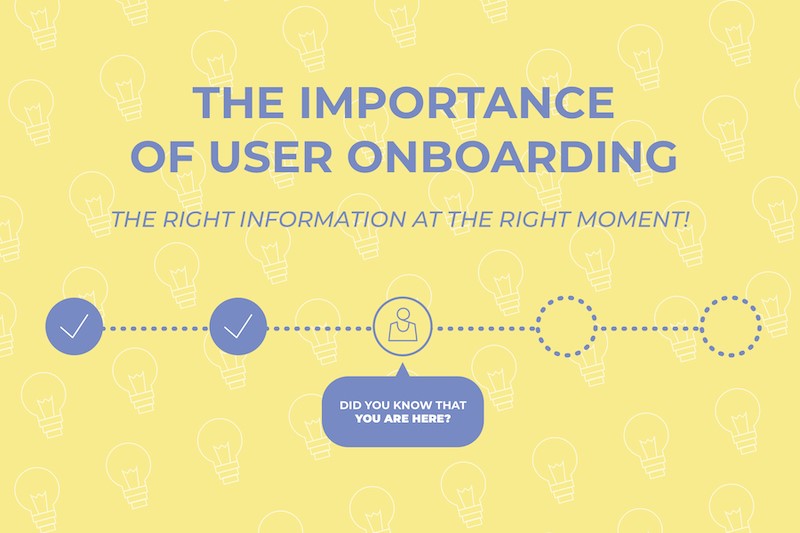
Some Challenges to Website Personalization
While personalization holds great promise for businesses and users, it is not without challenges. Let us understand what stands in the way of personalized experiences.
1. Scalability
Websites are supposed to be scalable, right? You can provide the same content to millions of users at a fraction of the cost of reaching them physically.
Well, website personalization complicates things. First, you have to record and process your users’ data individually. Then, you have to display tailored experiences every time, which consumes more resources.
For instance, personalized websites consume more web space because each page corresponds to specific user profiles and preferences.
Thus, scaling personalized experiences can be expensive.
2. Privacy
Personalization is good, as long as its voluntary. This means you must not collect user data without explicit consent.
Recently, privacy has become more than just a concern of the users. It is now enshrined in data protection laws and privacy regulations.
Google, for instance, was fined millions by the European court for violating citizens’ rights.
Thus, privacy must precede personalization.
3. Transferability
Transferability is an associated challenge. It’s partly the challenge of scalability, partly of privacy.
For instance, once you have more users than your platform can handle, you must shift to a better one. But what happens to the data you have collected?
Even if you obtained consent from the users to shift their data:
- Will it be in a compatible format with the new platform?
- What will be the cost of the data migration?
- Will you be able to retain the legacy data in its entirety?
Thankfully, the rise of cloud solutions to data and content management is alleviating some transferability concerns. However, it remains a back-end challenge to personalization.
Your Guide to Personalizing Website or App Experiences
Finally, we get to the heart of our strategy. How exactly should you provide personalized experiences to your users for maximum AOVs?
Here are four ways that will help you provide tailored experiences:
1. Choose a Customer Data Platform
The end of third-party cookies is near. Google has announced it will phase them out by 2025, and several other search engines have already blocked them.
Thus, a Customer Data Platform is essential for every website that wants to personalize user experiences. It performs three essential tasks:
- It aggregates data from multiple sources,
- It organizes user data in accessible formats,
- It creates comprehensive customer profiles.
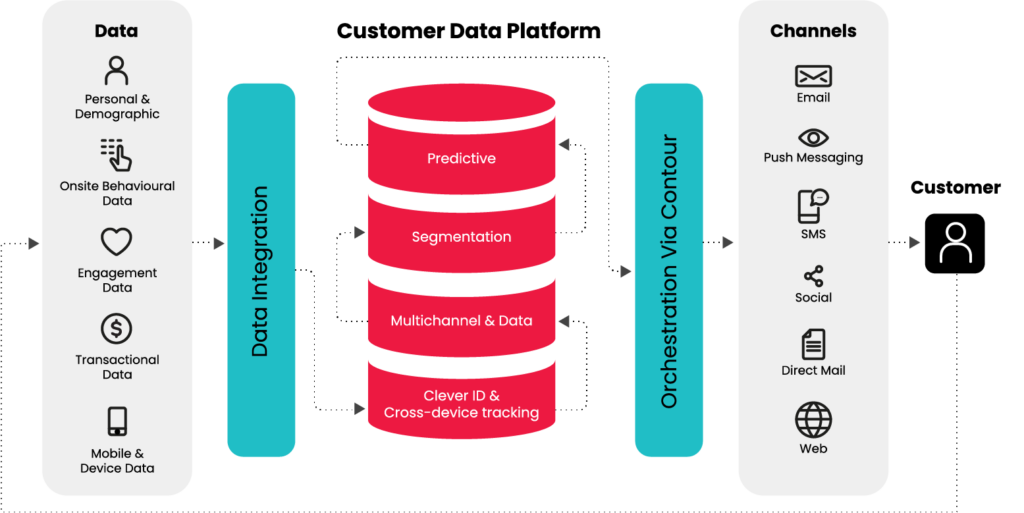
You can choose an appropriate customer data platform depending on how much you want to personalize user experiences and the features you want. Some platforms just collect and organize user data, whereas others provide analytics on top.
But the sooner you do it, the better positioned you will be when cookies are phased out.
2. Create Buyer Personas and Customer Profiles
A personalized experience depends on how well you understand a buyer’s personality. It involves analyzing patterns that are created by individual orders and purchase histories.
Here are some of the most common and important factors to consider while creating customer profiles:
- User Age and Age Group
- User Gender
- User Type (wholesaler or end-user)
- User Location
Based on these factors, you’ll be able to create useful profiles. The key is to understand how a user’s profile intersects with specific products or services.
Personalization without a buyer persona or a customer profile is like trying to shoot at a target without knowing what it looks like or where it is located.
Further, personalization at scale involves targeting profiles, not individuals. Thus, building robust, clear profiles is all the more important to scalable personalization.
3. Use Collected Data to Understand Purchase Trends
Sometimes, personalization has to go beyond the user profile. Rather, it has to expand the user profile to understand specific details about a given customer.
For instance:
- What device are they using to browse your website?
- Where are they located precisely when they use your website?
- What is the recent purchase and spending history of the user?
All this information will help you locate a user within your sales funnel. Based on their location in the funnel, you will be better equipped to present them with more attractive offers.
This is especially true for new users.
You must craft specific offers for new users to initiate an association with your business. If they buy into your offer, you get an insight into how to craft more personalized offers. If not, you return to the drawing board to create an even more compelling personalized offer.
This will also tell you how you should spend your resources. For instance, it will help you craft specific offers for mobile users as opposed to desktop users.
It is similar to how telemarketers curate specific “TV offers.” These offers target specific users that they know are up late watching TV and are likely to call in and buy the offered product.
4. Adopt a Multi-Pronged Approach
While cookies are on their way out, pop-ups are on their way in. Apart from pop-up ads you can display on your website, web and mobile apps can help you personalize your users’ experiences.
Here are some ways of personalization other than product personalization:
- To make your users seriously consider your offer, provide time-bound deals on products they have already saved to their cart.
- Create product bundles based on purchase histories and offer more discounts on the bundles compared to individual products. For instance, decrease the price of a soccer ball when ordered with soccer cleats or a hand pump.
- Provide social media integration so users can share your products with their friends, family and social network. This will also boost your omnichannel marketing efforts.
- Send emails with personalized offers on products that your users have searched for in the past. The offer will come across as both tempting and considerate.
- Display how many units of a product are left to encourage urgent orders. For instance, when buyers see that only one or two of their desired products are left, they’re more likely to consider ordering them.
- Provide enhanced customer support through chatbots. The more users feel they can contact the seller, the more confident they will be in making a purchase.
- Implement feedback loops based on data analytics. To do this, you must also engage your users by asking for their experience and feedback on your product/service.

Begin Your Quest for Website Personalization
Personalization is a great way to enhance customer engagement and order values. It helps your users feel at home while browsing your website and confident when ordering a product.
But, it can be daunting without the right personalization partner that can help you choose a customer data platform and integrate it with your existing infrastructure.
That’s where we come in!
At LeanSummits, we empower our clients to reach the peak of their industries by equipping them with robust personalization solutions.
Our personalization veterans have years of experience across a diverse range of B2B and B2C industries.
We can personalize your personalization experience to ensure your clients see exactly what you and they want to see!
Collaborate with us, and let us create a personalized journey to your industry’s summit!
Book a personalization strategy meeting or contact us to learn more about our website personalization services.

